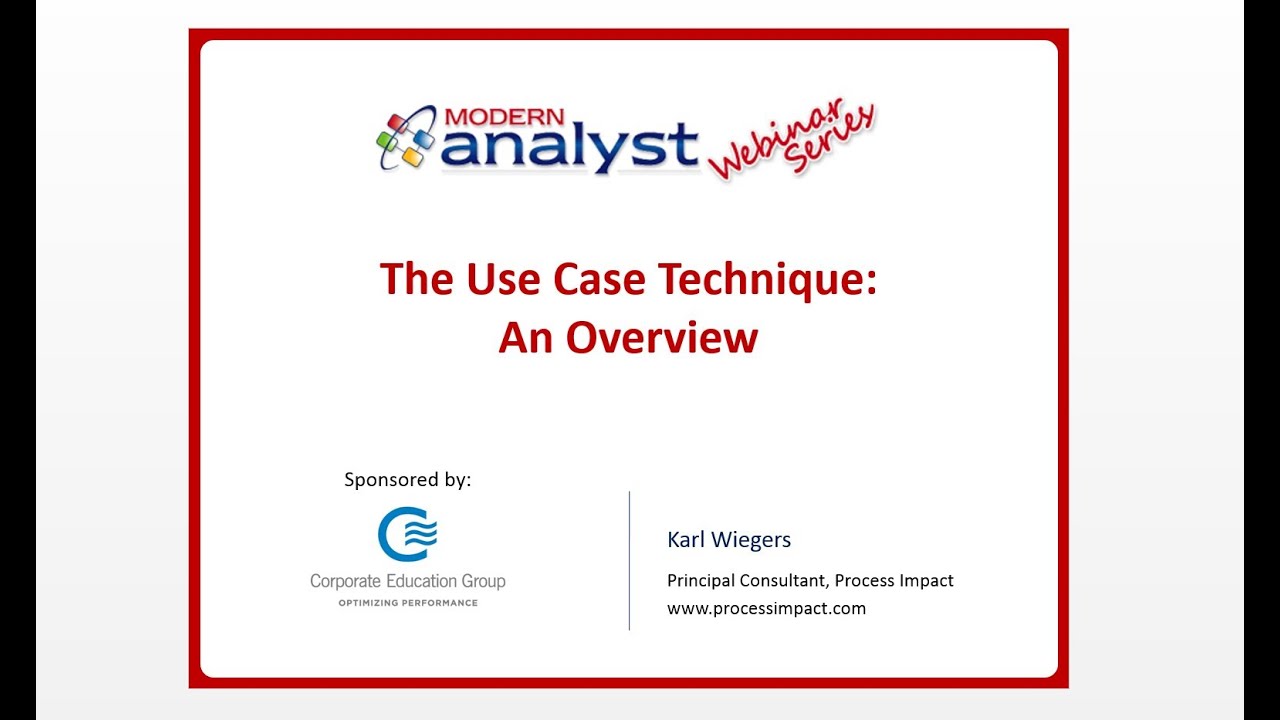

“requirements, elicitation, specification”. For ease, I've stuck with traditional terms throughout - e.g. Addressing this problem formed the focus of the project. Despite being a sight-threatening condition, patient adherence to therapy is poor, meaning vision outcomes are often suboptimal. DME affects c.21 million people with diabetes globally and is the leading cause of blindness in adults of working age.īayer Healthcare provides a therapy that is one of a class of therapies that eye doctors use to improve the vision of people with retinal diseases like DME. It’s a platform my team built in partnership with Bayer Healthcare for patients living with, and doctors treating, an eye disease called diabetic macular edema (DME/DMO). Vision Coach is the real-world project I’ll use as a way into this topic. Selectively populating the hierarchy (not necessarily top-down) so that the development team and others have the context they need to align and make better decisions.Using a hierarchy (usually associated with requirements engineering) to provide useful context for users and stakeholders at appropriate levels of abstraction.
SOFTWARE REQUIREMENTS 2 KARL WIEGERS PDF FREE DOWNLOAD SOFTWARE
rapid prototyping) to get going quickly in an evidence-based way without shipping fully working software Defining a process for requirements development that is iterative, produces standard and agreed upon outputs, and integrates with a broader agile delivery approach.Features and benefits of this approach include: In between these poles, there’s an intermediate approach for developing requirements that is easy enough to implement and better at delivering value to users and stakeholders. The familiar dichotomy between agile approaches that prioritise shipping software to elicit real requirements and waterfall approaches that prioritise upfront requirements engineering is overly simplistic. This post looks at the requirements development process and its outputs on a real-world project. Part 1: Why Software Requirements In The Real World Are Hard discusses the challenges of developing requirements and what good ones might look like.


 0 kommentar(er)
0 kommentar(er)
